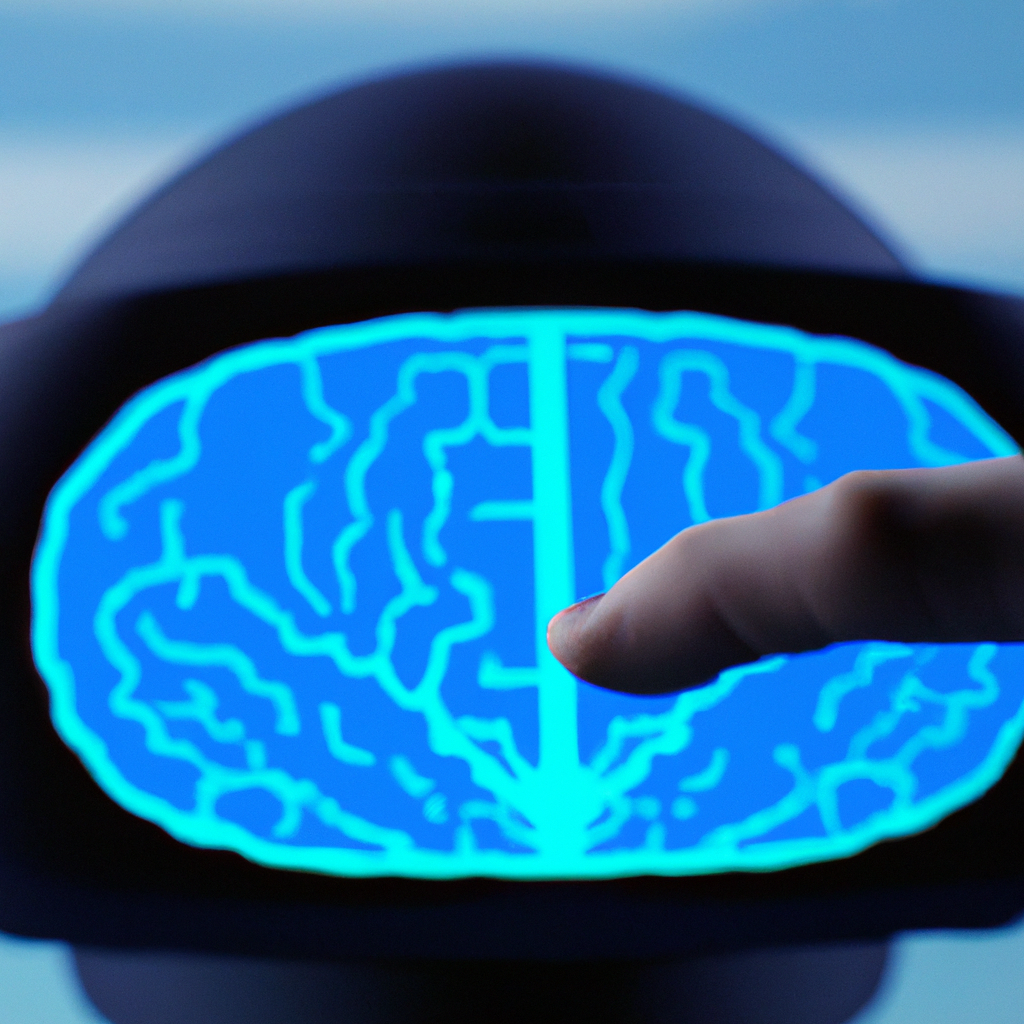Virtual reality (VR) technology has been making great strides in the past few years, with its advanced capabilities and immersive experience. It has been used in various fields, including entertainment, education, and healthcare. However, the impact of virtual reality on the human brain and cognitive function is a topic that has attracted much attention. This article aims to explore the neurological impact of virtual reality on the human brain, including its benefits and potential risks.
The human brain is a complex organ that controls our thoughts, emotions, and behavior. It is responsible for our senses, perception, and cognitive function. Virtual reality technology creates a simulated environment that can trick the brain into believing that it is in a different context. This immersive technology can affect the brain in many ways, including:
1. Increasing brain activity
Studies have shown that virtual reality can increase brain activity in different regions of the brain. In particular, it can stimulate the parts of the brain responsible for spatial awareness, attention, and memory. This increased neural activity can improve cognitive function and enhance learning and memory.
2. Enhancing motor skills
Virtual reality technology can also be used to enhance motor skills, especially in patients with neurological disorders. VR therapy has been used to treat patients with Parkinson’s disease, stroke, and traumatic brain injury. It can help patients to improve their balance, coordination, and movement.
3. Reducing stress and anxiety
Virtual reality has been shown to reduce stress and anxiety in patients with mental health disorders. VR therapy can create a calming environment that can help patients to relax and reduce their anxiety levels. It has been used to treat conditions such as post-traumatic stress disorder (PTSD), phobias, and depression.
4. Altering perception
Virtual reality technology can also alter perception, which can have both positive and negative effects. It can create a sense of presence, which can be useful in training simulations and virtual tours. However, it can also create a sense of disorientation and confusion, especially in users who are sensitive to motion sickness.
5. Potential risks
While virtual reality technology has many potential benefits, it also comes with potential risks. Long-term exposure to VR environments could lead to addiction and social isolation. It could also cause physical discomfort and eye strain. Moreover, it is important to note that virtual reality should not be used as a replacement for real-life experiences and social interactions.
In conclusion, virtual reality technology has a significant impact on the human brain and cognitive function. It can increase brain activity, enhance motor skills, reduce stress and anxiety, alter perception, and has potential risks. The use of virtual reality technology in healthcare, education, and entertainment is growing, and it is essential to continue researching its impact on the human brain and overall health. Neuroscience is an emerging field that will continue to provide insights into the neurological impact of virtual reality technology.







